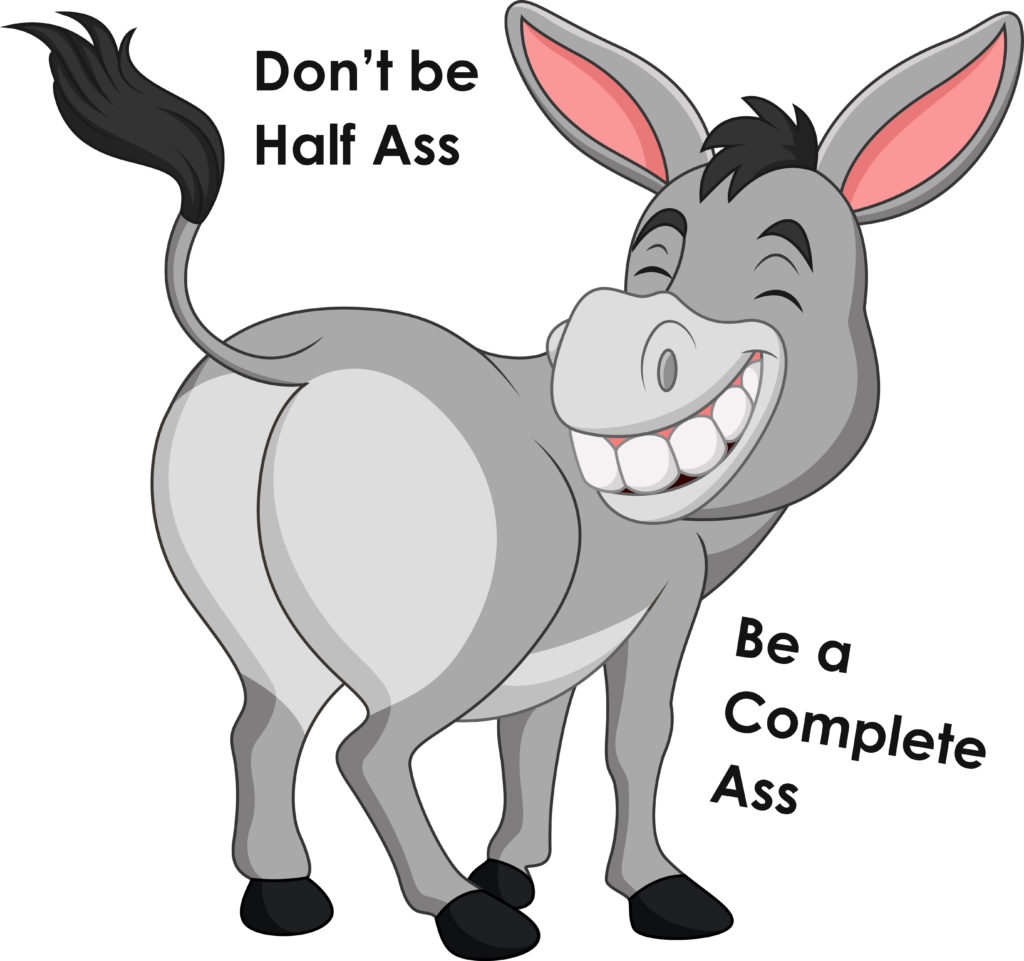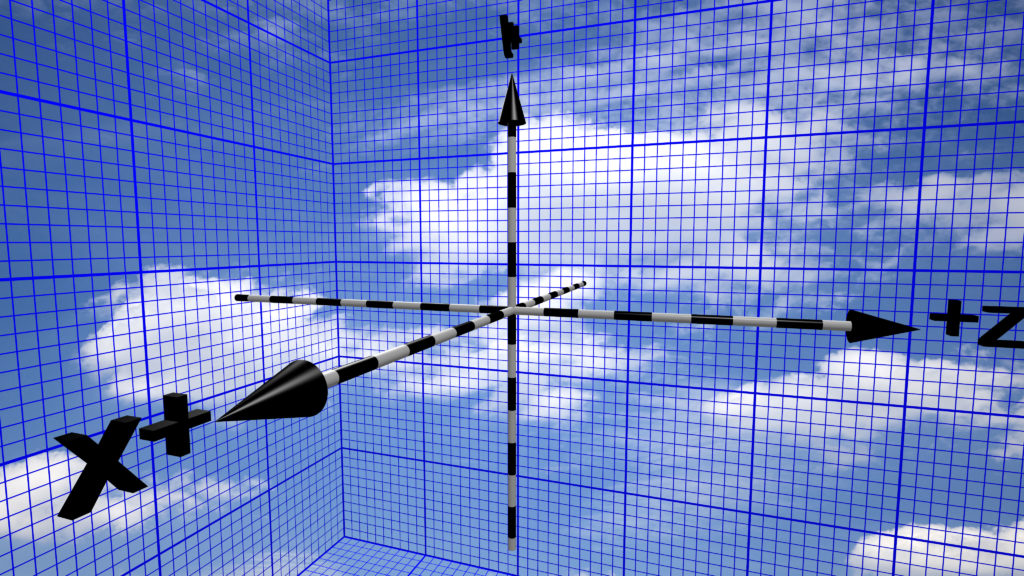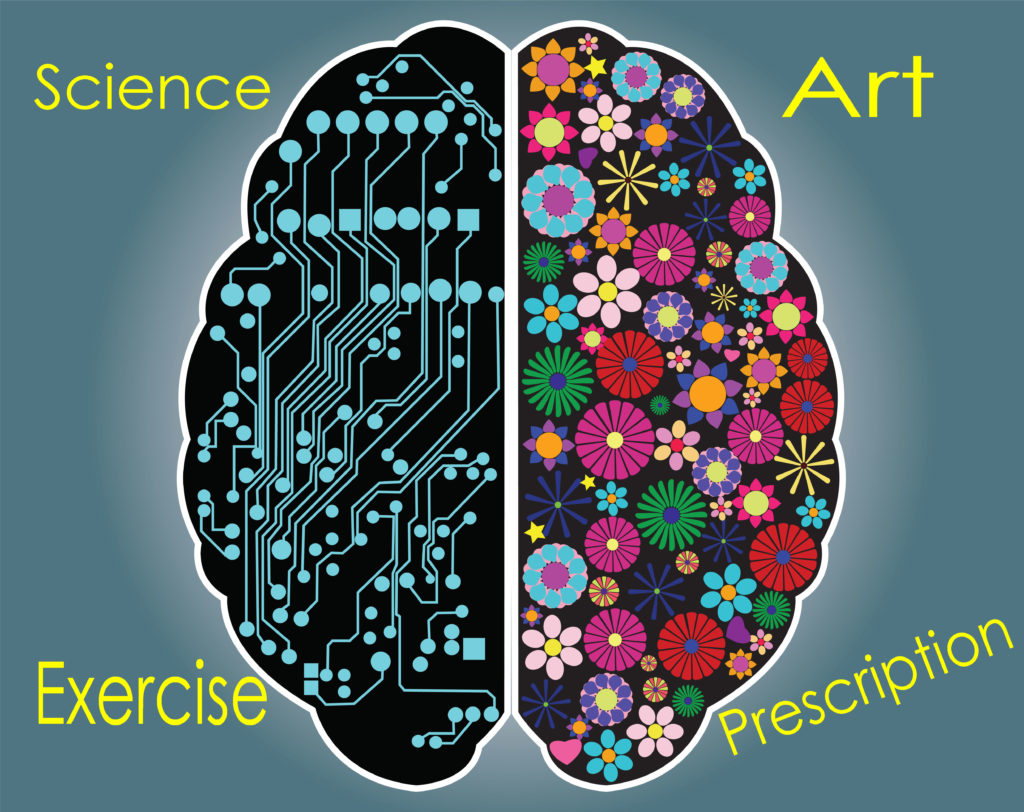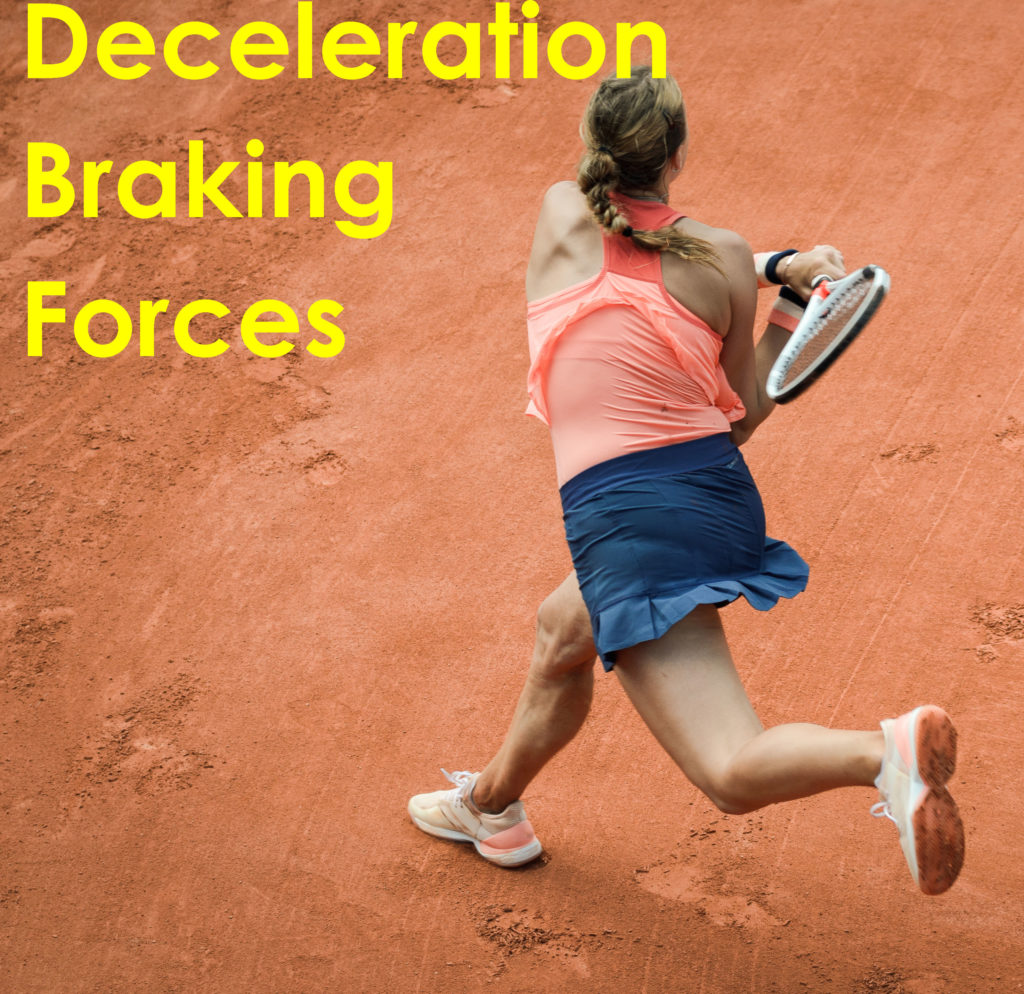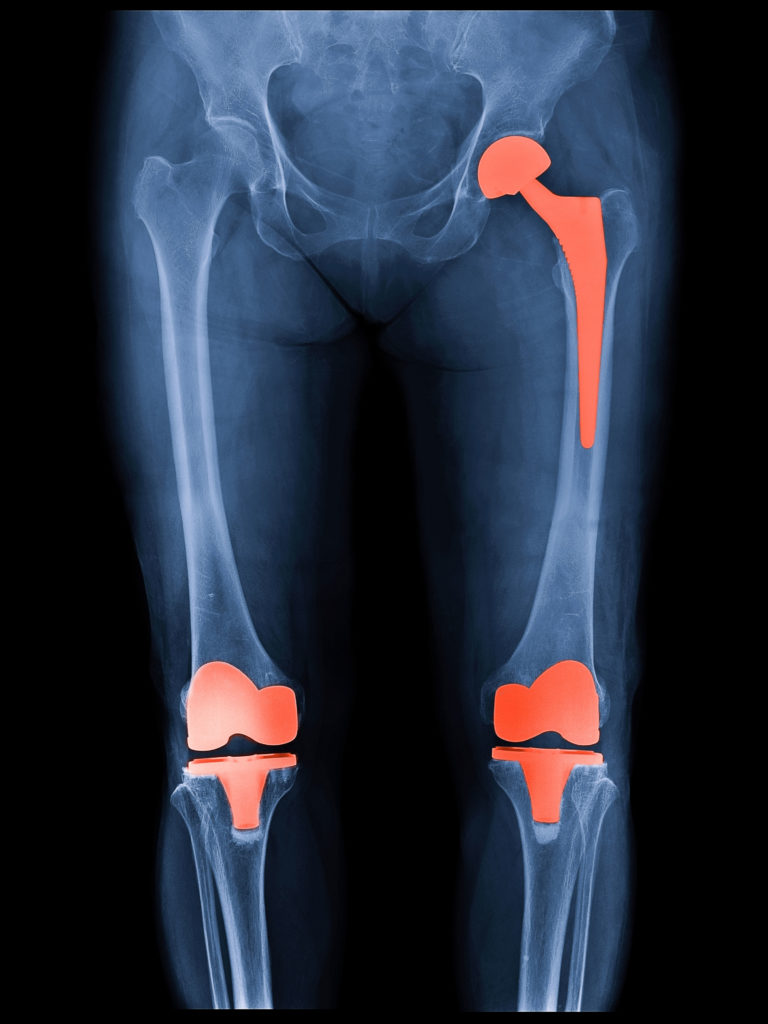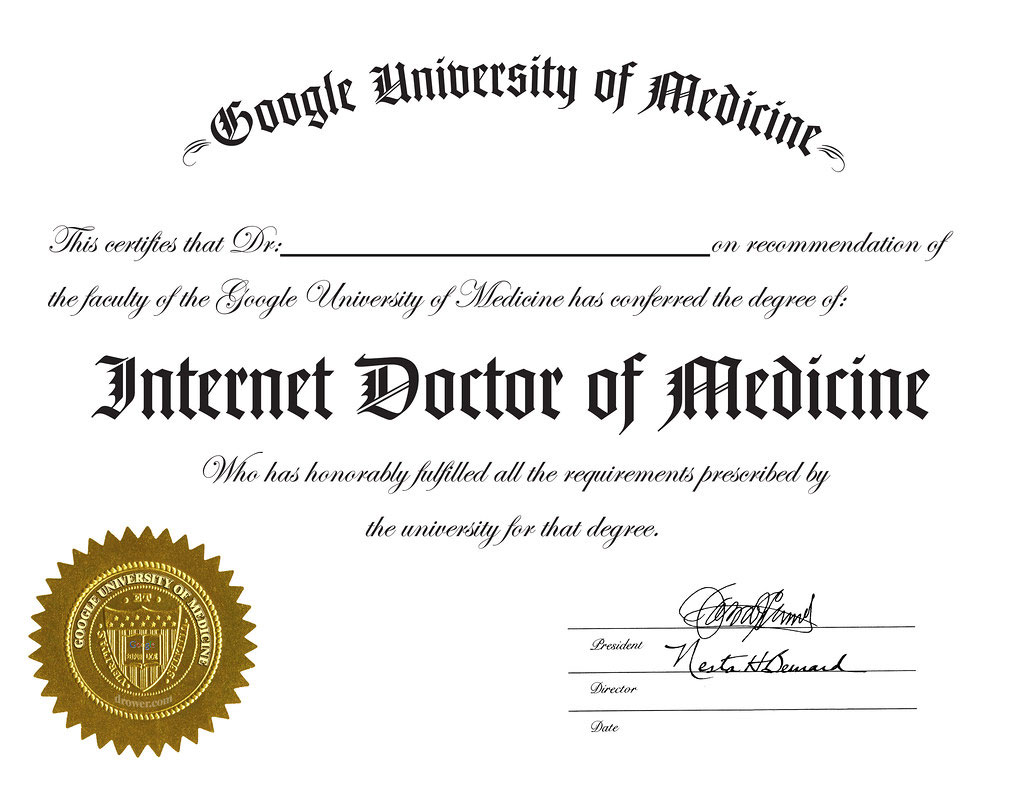Home based Physical Therapy Services – unique benefits of observing real-world issues
Traditionally physical therapy services provided at a person’s home occurs when the individual was “homebound.” According to Medicare regulations homebound is the patient requires assistance to leave home and that when they do, it requires a considerable, tasking effort. This is no longer the case. You do not need to be considered home-bound to receive…
Read MoreButt pain – Isometric Exercises
“Butt Pain.” has different tissue diagnoses. Possible diagnoses are sciatica; piriformis syndrome; gluteal tendinopathy; hamstring tendinopathy; bursitis; hip arthritis; and others. There are many treatments for butt pain. My “go-to” exercise for butt pain is isometric contractions of the gluteal muscles. In my experience rarely is trying to “stretch it out” effective treatment for butt…
Read MoreOptimizing human movement requires clarity of description of movement
To know where you are going you must first know where you are. To optimize human movement, analysis of human movement is required. To identify optimal human movement clear qualitative and quantitative descriptions are needed. When describing human movement confusion occurs when we fail to clearly identify a frame of reference and reference point. A…
Read MoreWhole vs part method of learning to walk/run a new way: deviant to less deviant
When learning a new physical skill an individual, therapist, or coach can choose to practice a new skill in whole or part. Motor skills learning can be practicing the whole movement or part of the movement. In whole practice acquiring a skill is by practicing the movement in its entirety, whereas the part that practices…
Read MoreExercise prescription – Art & Science
Exercise while not a drug can behave like one. Exercise can help in the management of chronic diseases and offer pain relief for individuals suffering from musculoskeletal pain syndromes. Like prescribing drugs, the concept of dosage applies to exercise prescription. A dose-response to exercise is not unlike drugs however the minimum dose, dose-response, and maximum…
Read MoreAdding observation of deceleration forces to diagnosis & treatment of movement system impairment syndromes & musculoskeletal pain syndromes
Shirley Sahrmann and colleagues share an elegant clinical reasoning process model to diagnose and treat musculoskeletal pain syndromes and movement system problems. The movement system is physiological organ systems that interact to produce movement of the body and its parts. The basis is alignment in a deviant position and repeated deviant movements in a…
Read MoreDiagnostic imaging pros & cons – be careful what you ask for
There are many reasons to request a diagnostic image such as a radiograph (X-ray), MRI, sonogram (ultrasound), and CT scan. They are to diagnosis a pathology/trauma; determine treatment options; screen for contraindications; biomechanical analysis; provide reassurance; medical legal reasons; and financial gain for the healthcare provider. Requests for diagnostic imaging must come from a licensed…
Read MoreNew developments in joint replacement surgery & rehabilitation
The use of joint replacement surgery for hip and knee pain has evolved greatly since I started my Physical Therapy career many years ago. Younger individuals are having joint replacement surgery. Data from 2000 to 2009 for individuals from 45 to 64 years old there was a 188% increase for total knee replacement surgery. For…
Read MoreWhat do you do when Dr. Google isn’t cutting it?
Searching for information online for personal health and medical issues has become commonplace. Estimates are more than 1/3 of persons in the U.S. use the internet for information on their symptoms. More than 60% of US adults have searched online for information during the past year according to the Pew Research Center. There is a…
Read More

